Castor oil plant – the most dangerous plant in the world
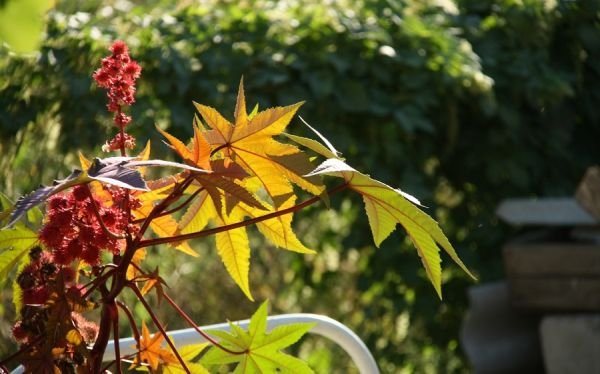
At first glance, and not say that it is an attractive plant hides a powerful toxic poison. Fresh large serrated leaves just attract a passing herbivores. Not surprisingly, after the first use, they ignore the castor side. But the fact that this plant is 60 thousand times more dangerous than cyanide. For centuries it was feared and was called the most impressive creations in the world.
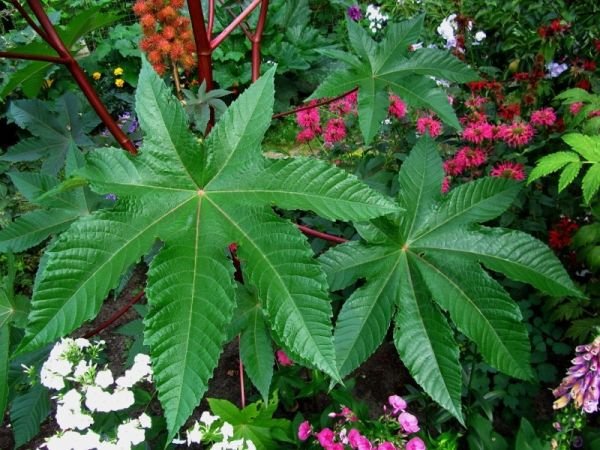
Castor oil plant grows in tropical and subtropical zones of both hemispheres which reaches a height of up to 10 meters. However, in temperate climates (Russia and others) is an annual plant, with a maximum height of 3 metres. Their shiny leaves (30-80 cm long) can be different colors from reddish to dark green. But dangerous poison in castor is not in the leaves, and not even in the trunk, and in numerous seeds. It contains potent substances such as ricin and ricinin. They are dangerous both for animals and for humans. So far from this toxin there is no exact antidote.
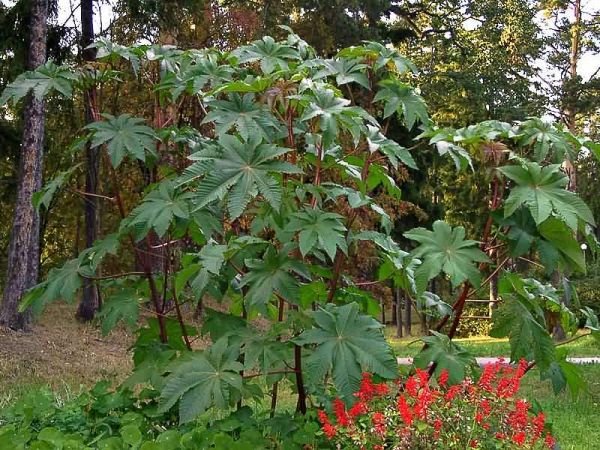
Deaths, fortunately, are very rare, but there have been many cases of poisoning in connection with the accidental consumption of the seeds. Symptoms include a burning sensation in the mouth, dehydration, abdominal pain, decreased blood pressure and diarrhea. In this case, you should immediately consult a doctor. Poisoning only occurs if the consumer has chewed the seeds. Swallowed whole, they often pass through the digestive tract without releasing the toxin. Depending on the species, there is a certain amount of seeds that lead to death: only 4 seeds are enough to kill a rabbit, 6 – horse, 11 – to kill a dog, 4-8 – person. Ducks are a surprising exception, as they are extremely resistant to the toxin. To kill this bird, you need more than 80 seeds.
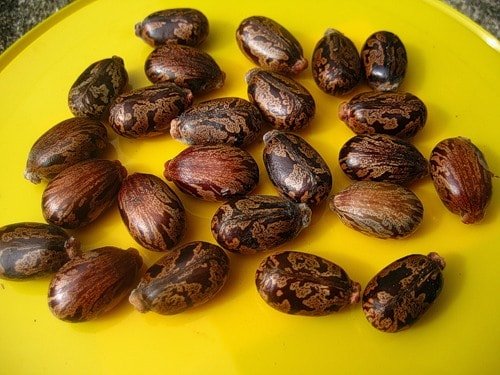
Very popular harmful substances, which are produced from the environment, because they are all free and easy to grow. In the 1900s, many people learned about how indeed could prove fatal ricin, and began to produce it for biological warfare. Some simply held the matter in their own hands, using it as a weapon. Just like a knife or a bullet, ricin caused chaos and destruction in the tissues of the body. A famous case occurred at Waterloo station in London in 1978 – a man named Georgi Markov, a journalist of the BBC, was attacked at a bus stop. It pierced the umbrella, whose end is introduced into the skin ricin. Markov suffered from a high fever and unbearable pain. After 3 days he died.
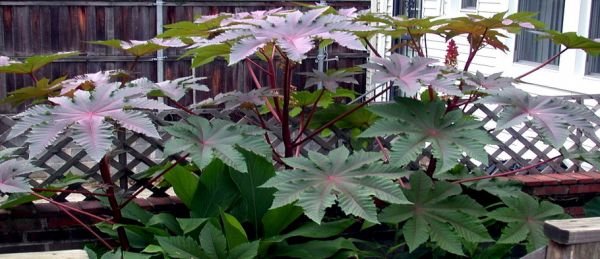
Despite the deadly substances, castor beans contain up to 60% of fatty oil, which is mined all over the world. This oil is a component of soap, some drugs, wax, candles and crayons. New studies have proven that it can serve for the treatment of tumors. The leading countries for the collection of seeds are India (60% of the global yield), China and Brazil. Ethiopia contains several active centers breeding.
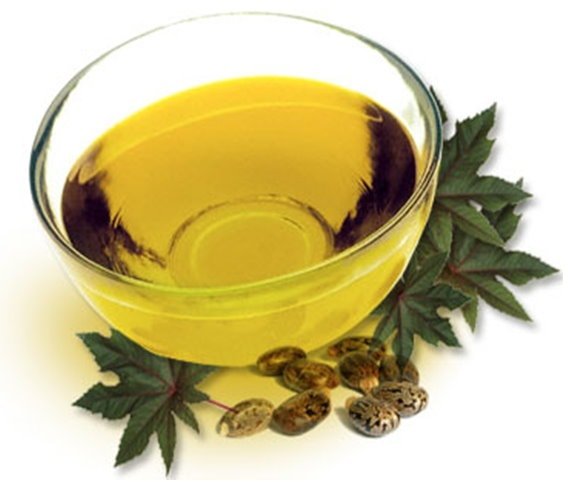
Despite causing consumers concern the processing of castor beans, many assert that it can serve good purposes. Let's just hope people will be wise to use this plant, for example, as mentioned above, for the treatment of tumors, but not in cases such as with Georgy Markov.
Source: http://zaripovaey.ucoz.ru/load/ljuboznatelnym/roditeljam/kleshhevina_opasnoe_rastenie/3-1-0-18
googletranslated word for word
Not indicating that the content you copy/paste is not your original work could be seen as plagiarism.
Some tips to share content and add value:
Repeated plagiarized posts are considered spam. Spam is discouraged by the community, and may result in action from the cheetah bot.
Creative Commons: If you are posting content under a Creative Commons license, please attribute and link according to the specific license. If you are posting content under CC0 or Public Domain please consider noting that at the end of your post.
If you are actually the original author, please do reply to let us know!